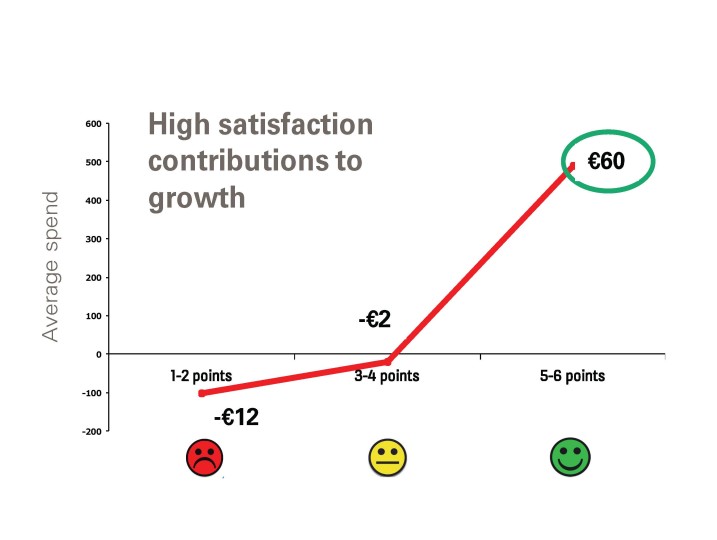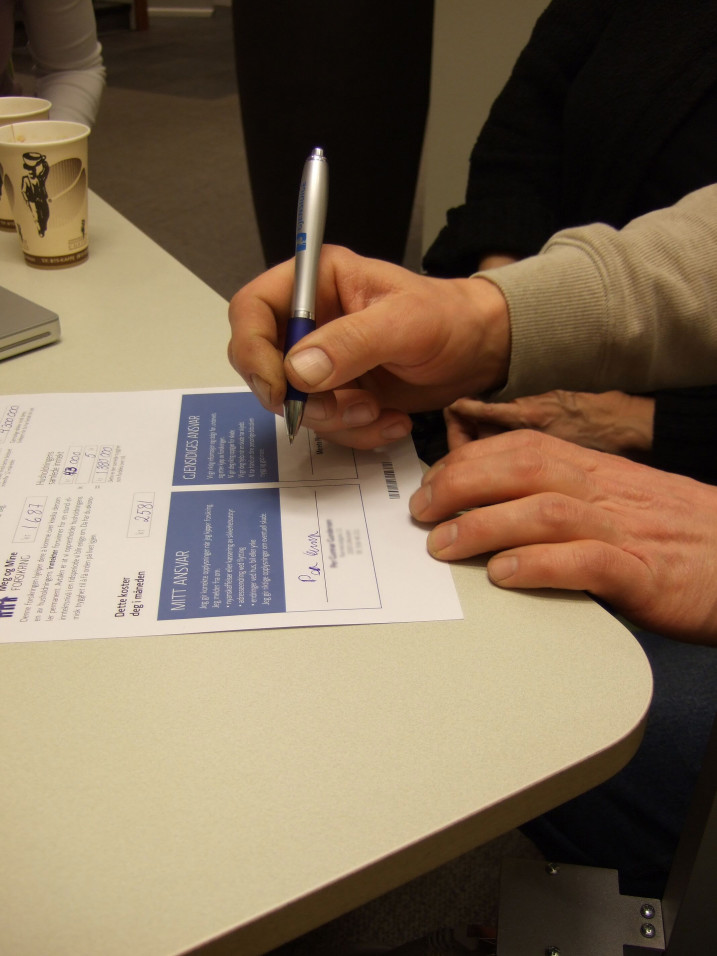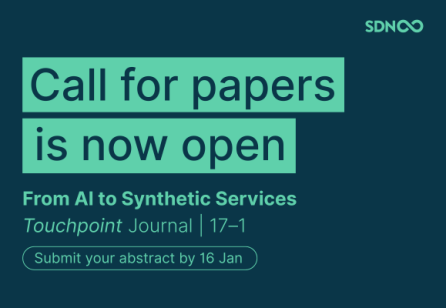First of all we helped develop a set of service principles for claims handling, where for example, the first principle says ‘It’s important for our customers that our customers feel that we trust them’. The principles were used as a guide for any improvement projects or changes that were made in the claims department.We also found out that some customers’ claims were processed so fast that customers didn’t realise their case was settled and their money had arrived. This was truly a missed opportunity. On the other hand, there are more complex cases that can go on for years (eg.contentious medical claims such as whiplash). These customers tend to worry and contact their agent frequently, so during co-creative workshops a messaging service was developed that keeps customers informed about progress minimizing frustration and time-wasting for both staff and customers.
To ensure the claims handling process is customer-friendly, the IT-system agents use is a crucial touchpoint to design. We helped Gjensidige redesign their claims handling system, from a rigid step-by-step system to a dynamic interface where agents can switch between different input modules and tools in response to customers’ needs. We also created a new feature where the agent can make notes in an ‘anonymous’ case file, transferring it to the actual customer’s file later.
Using prototypes to design new insurance services
A key technique used throughout our relationship with Gjensidige is prototyping. The onepage contract prototype was a good example of the difference between what people say and what they do. Many interviewees suggested that a one-page contract would be more user-friendly than the lengthy policy documents few actually read. During prototyping, however, it turned out that customers didn’t trust a one-page contract, fearing that too much important detail was hidden from them. Eventually a comprehensive yet compact 5-6 page document replaced the old policy documents that ran to 20 or 30 pages.
We also prototyped a new offer sent out in the mail after a sales call or meeting. The insights research showed that this was one of the most crucial touchpoint failures, and the company didn’t realise the potential of improving it. Previously, customers spoke with a salesperson and then couldn’t remember the key points or understand the offer and therefore failed to make a purchasing decision. Redesigning this touchpoint helped people make a decision at home, and the company avoided losing customers because of this hidden problem.
As well as working on existing products and processes, we helped Gjensidige develop new services, such as one aimed specifically as the youth market. Using rapid cycles of cocreation with potential customers, we developed the idea of combining banking and insurance for people aged 20 to 30. However, Gjensidige’s insurance and banking services were two completely separate business units and for the suggested service to work, all the different parties needed to work together. We created a Service Blueprint which allowed everyone to see what had to be done behind the scenes to tie together banking and insurance in an effortless way for the customer. It also enabled ongoing conversation between the two divisions. Gjensidige went on to use this Service Blueprint to build the service as well as create a brief for the marketing agency and those building the final website. The value of gaining real insights from all stakeholders and then translating these into a clear service proposition, prototyping key touchpoints and testing them with users is clear. It allows for feedback on the design of the physical touchpoints themselves but also on the entire service proposition before taking it to market. The results of these kind of company-wide changes can take time to surface which is why we’re reporting on this long term, ongoing engagement now when the full scale and impact of this revolution in insurance – on customers, the organization, and the market as a whole is becoming clear.










Share your thoughts
0 RepliesPlease login to comment